Li-ion batteries and problems
In order for a power supply (mains adapter, charger, power supply) to be discharged, you can disconnect it completely from 230 V for a certain amount of time (a rule of thumb says two hours, but less can also be enough. With at least two hours you can be sure). However, it is a different matter with the console and the batteries, because as a regular consumer you cannot discharge the device yourself and therefore have to wait until the device is completely without power. For various reasons, it can be difficult to determine when the device is truly out of power. The only option here is to try to turn on the device and then leave it for a while and then try to charge it directly from the power supply that is, without using the Nintendo Switch Dock.
Li-ion batteries generally don't like large temperature swings, which can cause them to lock up. You as a consumer have the same possibilities to charge the battery as above for the console itself.
Li-ion batteries also need power during charging ("Sleep Mode" is the best option), otherwise their lifespan will decrease over time. Unfortunately, a particular device's power management cannot fully handle this, which can cause the power management to become out of balance over time.
A Li-ion battery is designed for what is popularly called "trickle charging", which means that the life of the battery is not shortened by this type of charging.
The device's power management can become faulty over time for the above reasons and cause various problems, such as reduced battery life (if it is only visible on the battery indicator) or the device not turning on because it thinks it has no power.
If you have problems with your device's battery life even when fully charged, you can try correcting your device's Energy Management by following the process below (this applies to all devices that use Li-ion batteries):
- Charge the device in sleep mode to 100% (directly from the power supply, without using docking stations, charging stands or the like).
- Select Console and turn off all sleep modes (on smart devices you should also turn off all notifications, as they consume a lot of power).
- Leave the device powered on without use until it has dropped to 1–2%. Nintendo Switch [HAC-001-01], Nintendo Switch – OLED model and Nintendo Switch Lite last approximately one working day (approximately 8 hours. May vary depending on online and/or high/low brightness), Nintendo Switch [HAC -001] lasts about half a working day).
- Recharge the device in sleep mode.
- Repeat up to 3 times if necessary.
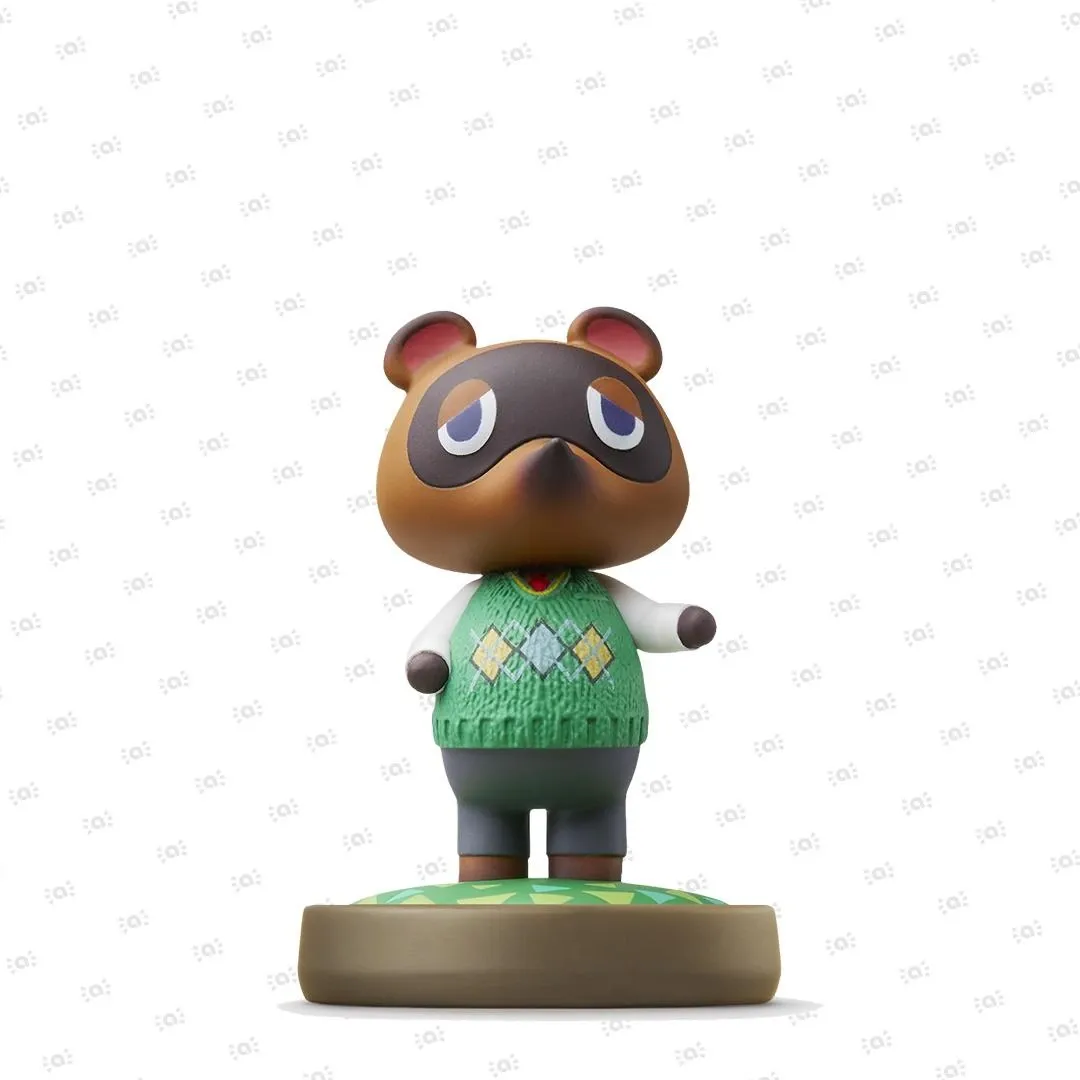
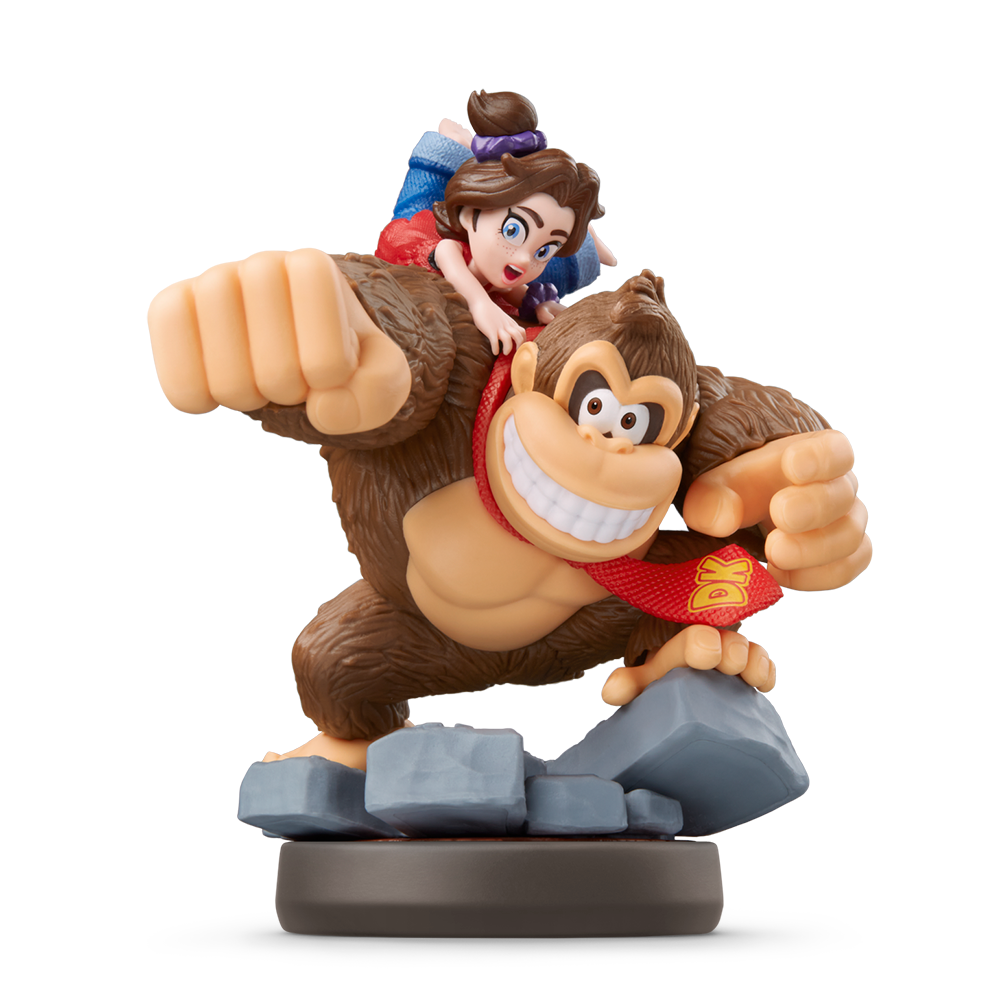
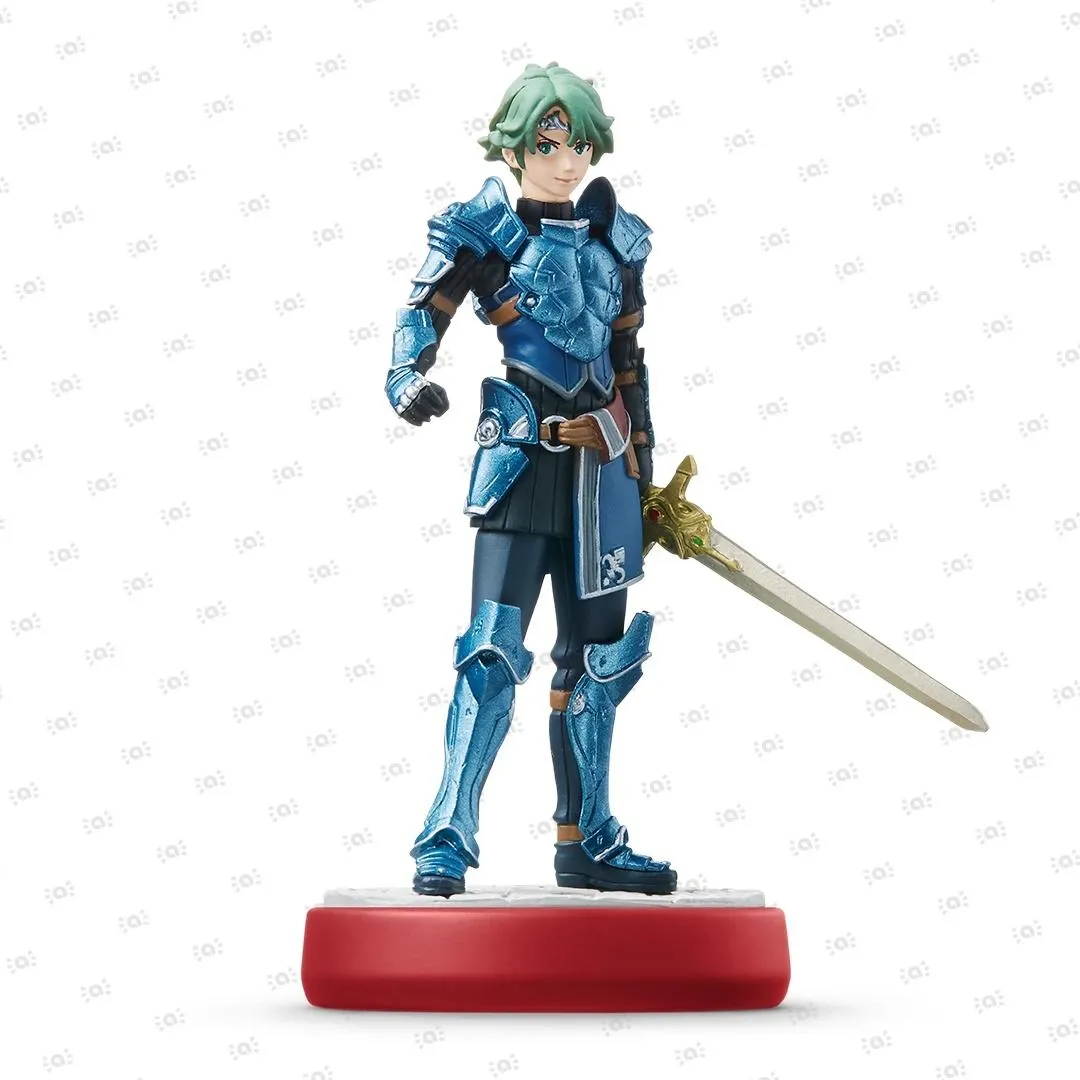 Fire Emblem Collection
Fire Emblem Collection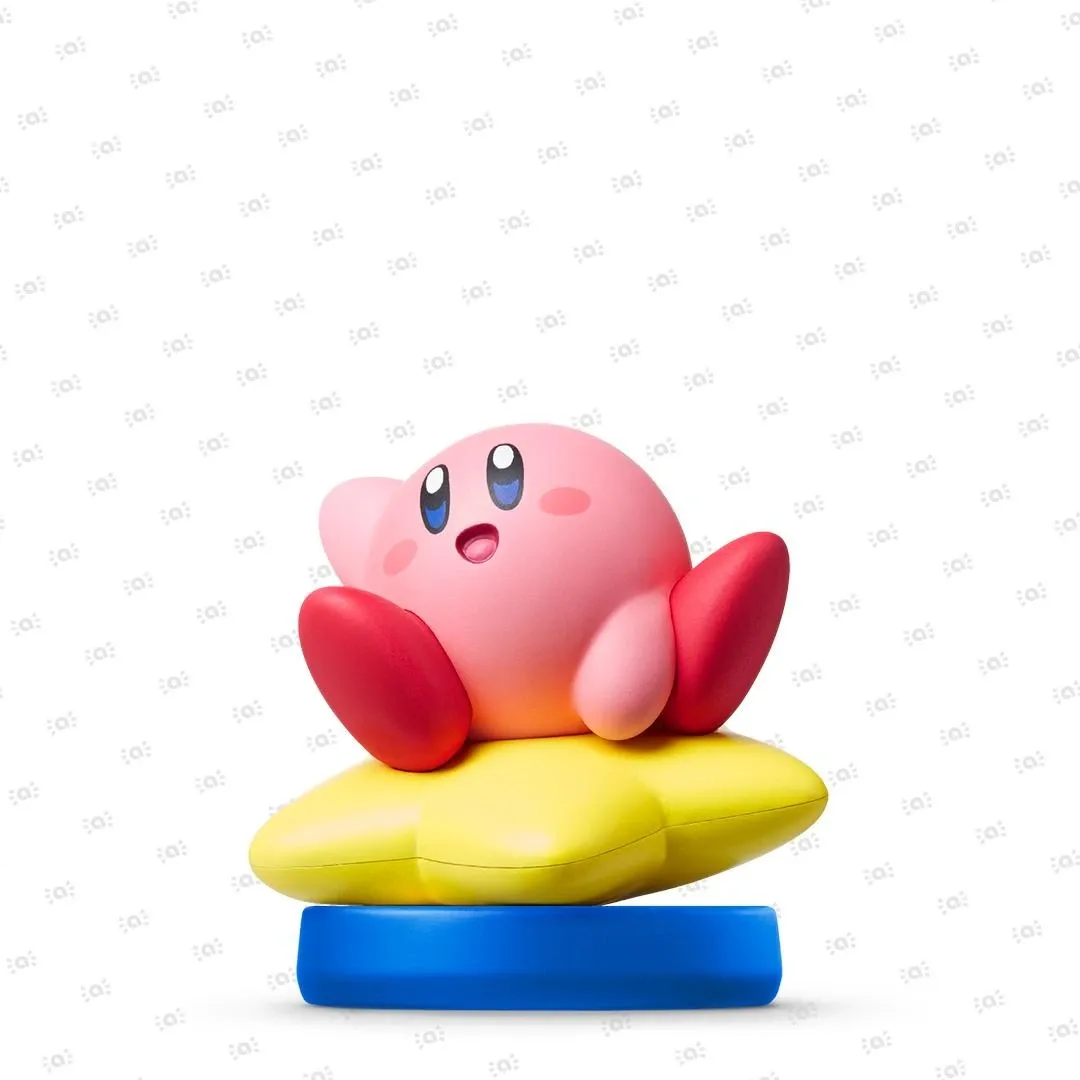 Kirby Collection
Kirby Collection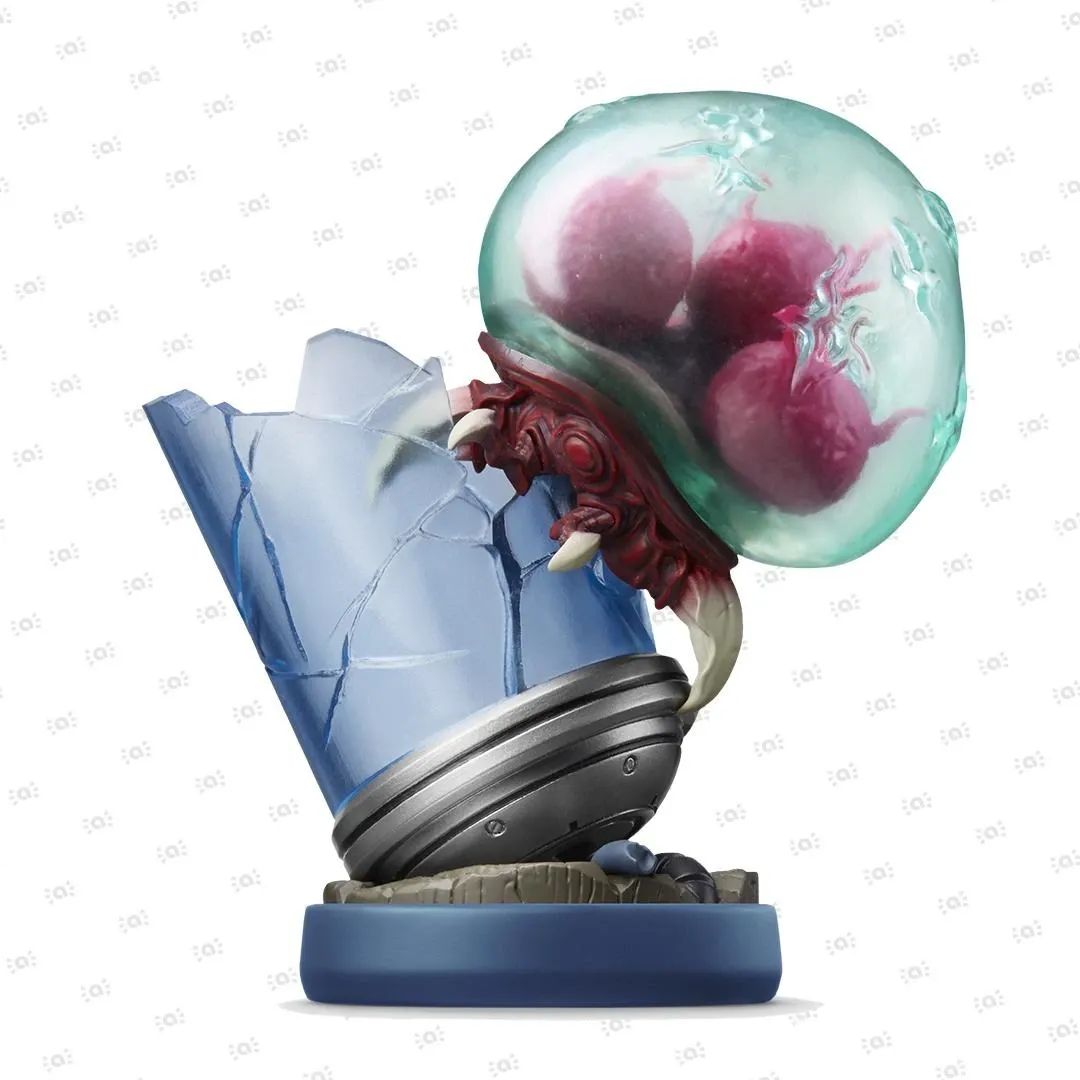 Metroid Collection
Metroid Collection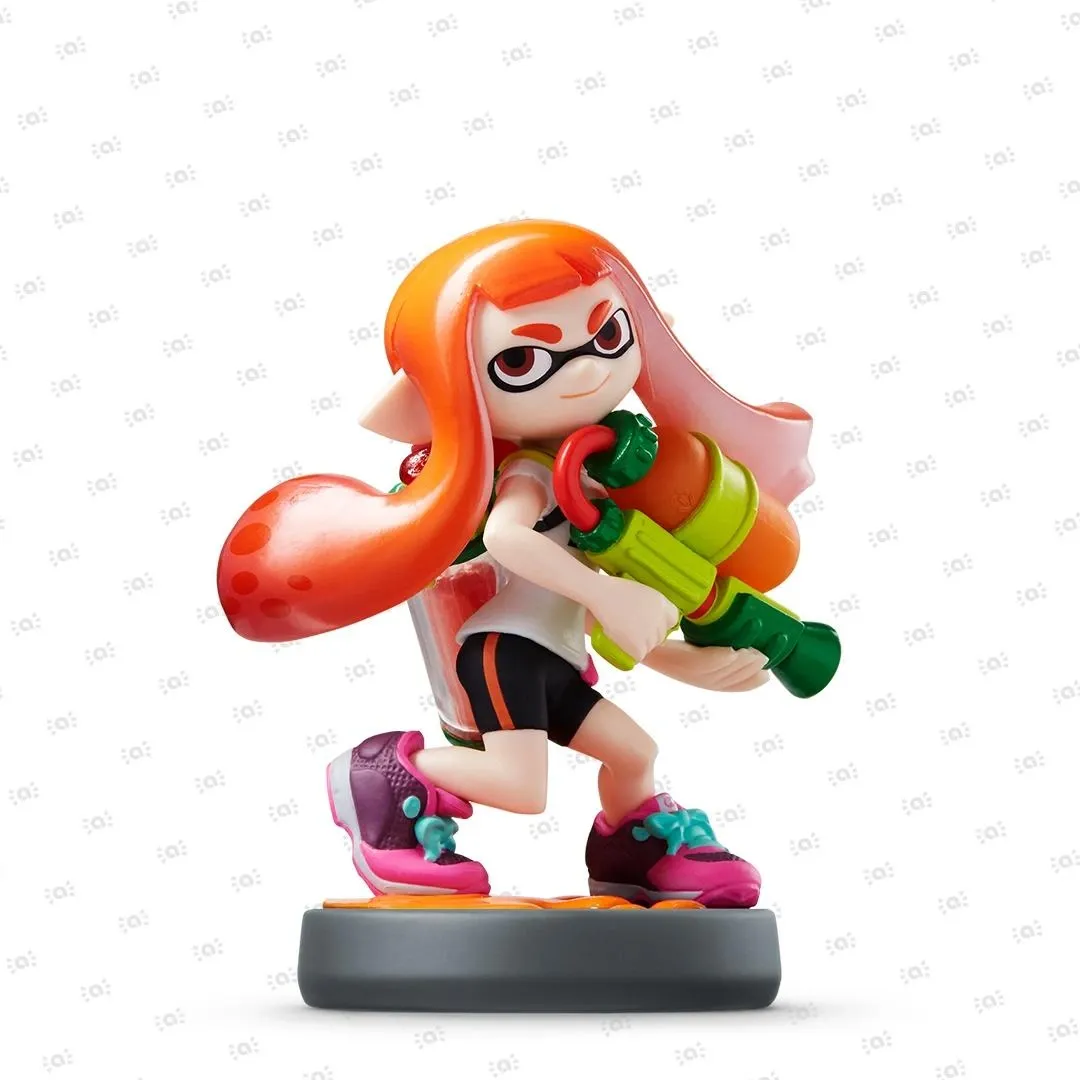 Splatoon Collection
Splatoon Collection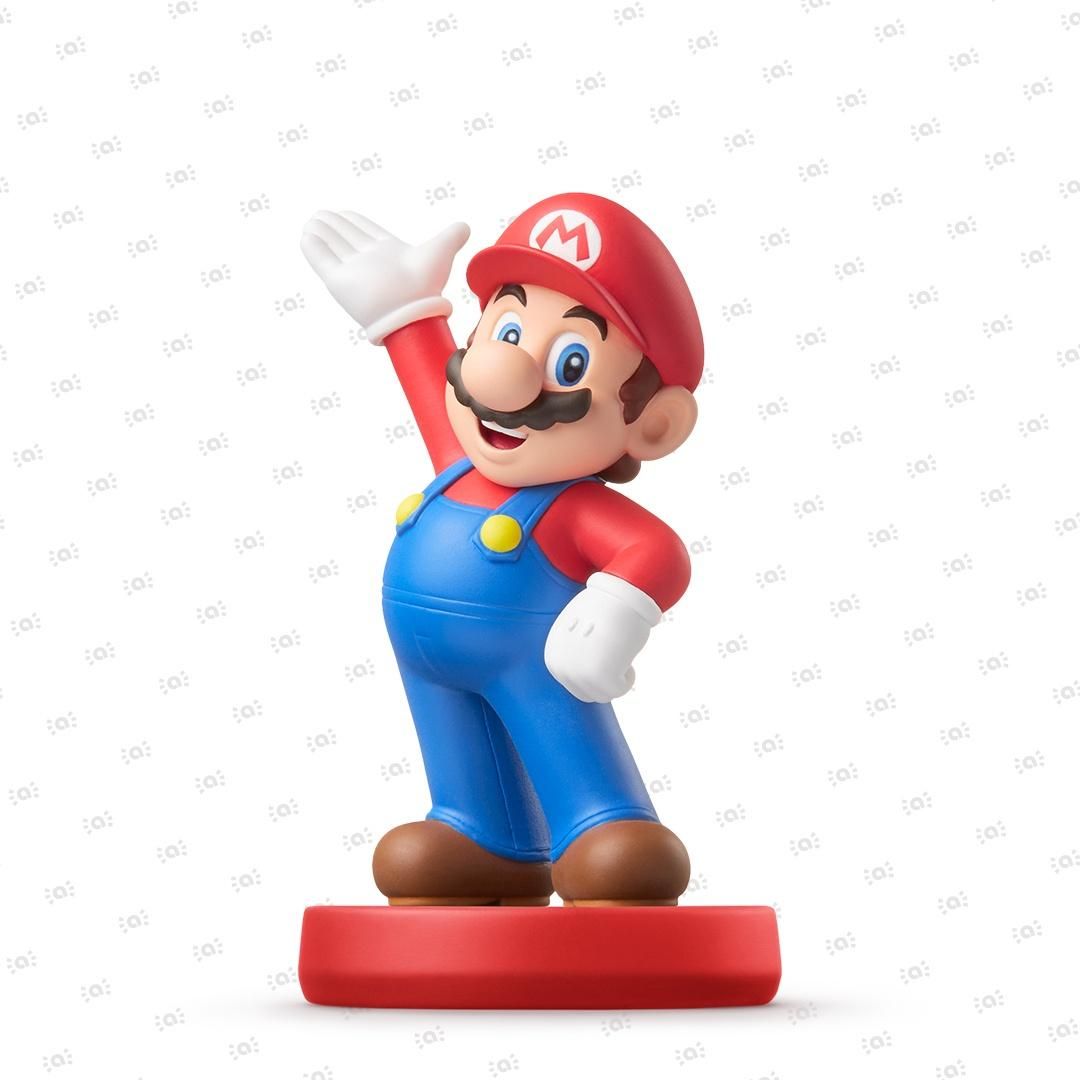
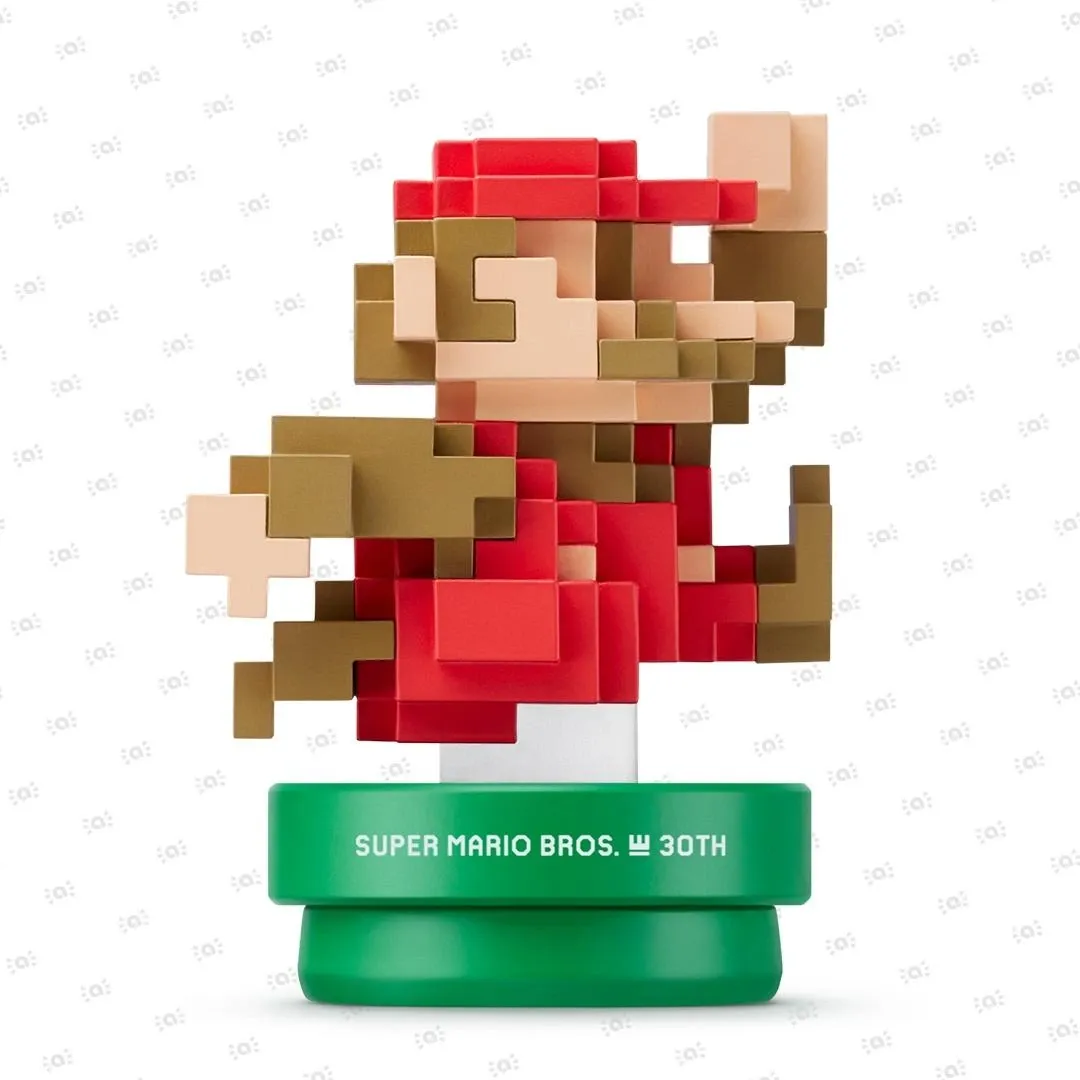 Super Mario Bros. 30th Anniversary Collection
Super Mario Bros. 30th Anniversary Collection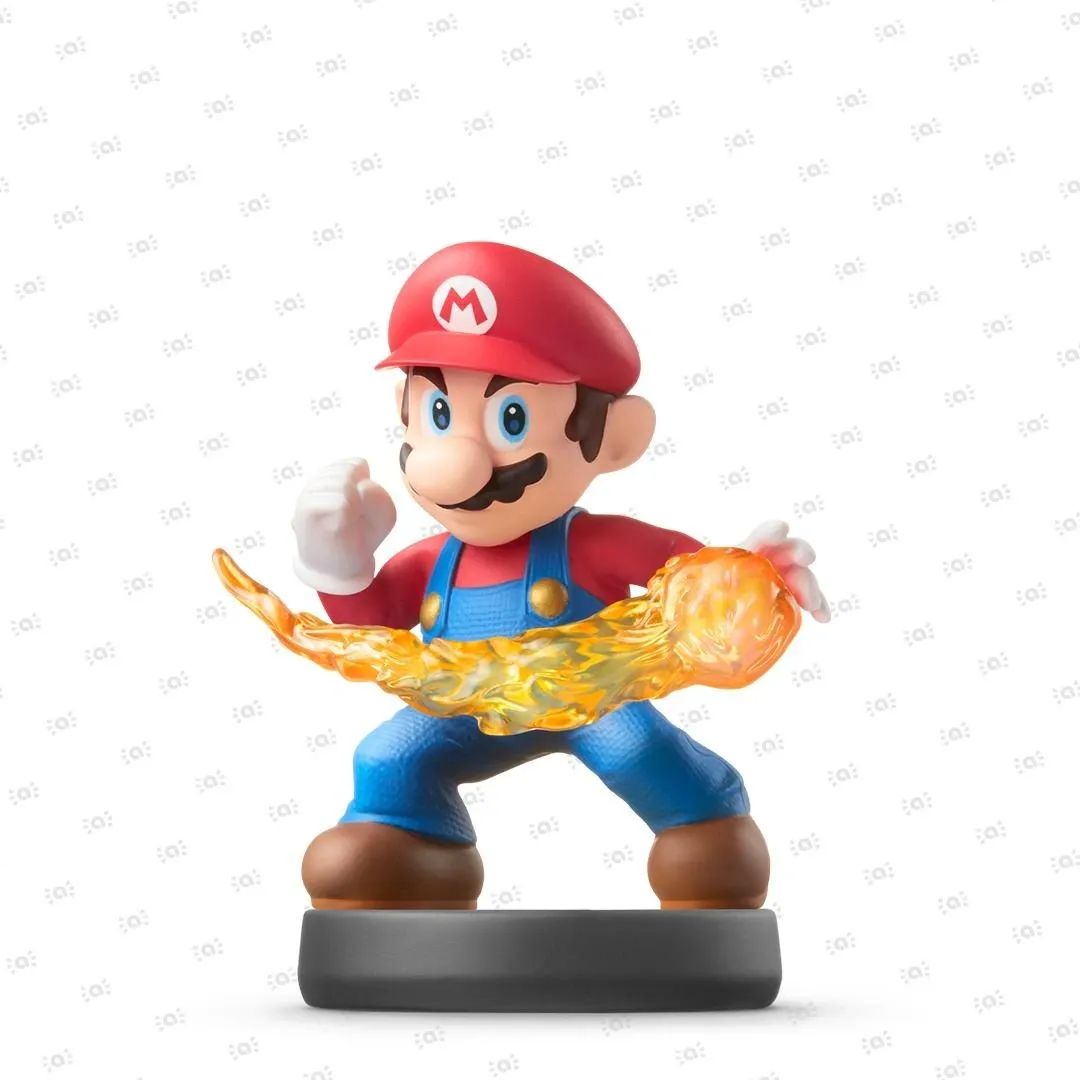 Super Smash Bros. Collection
Super Smash Bros. Collection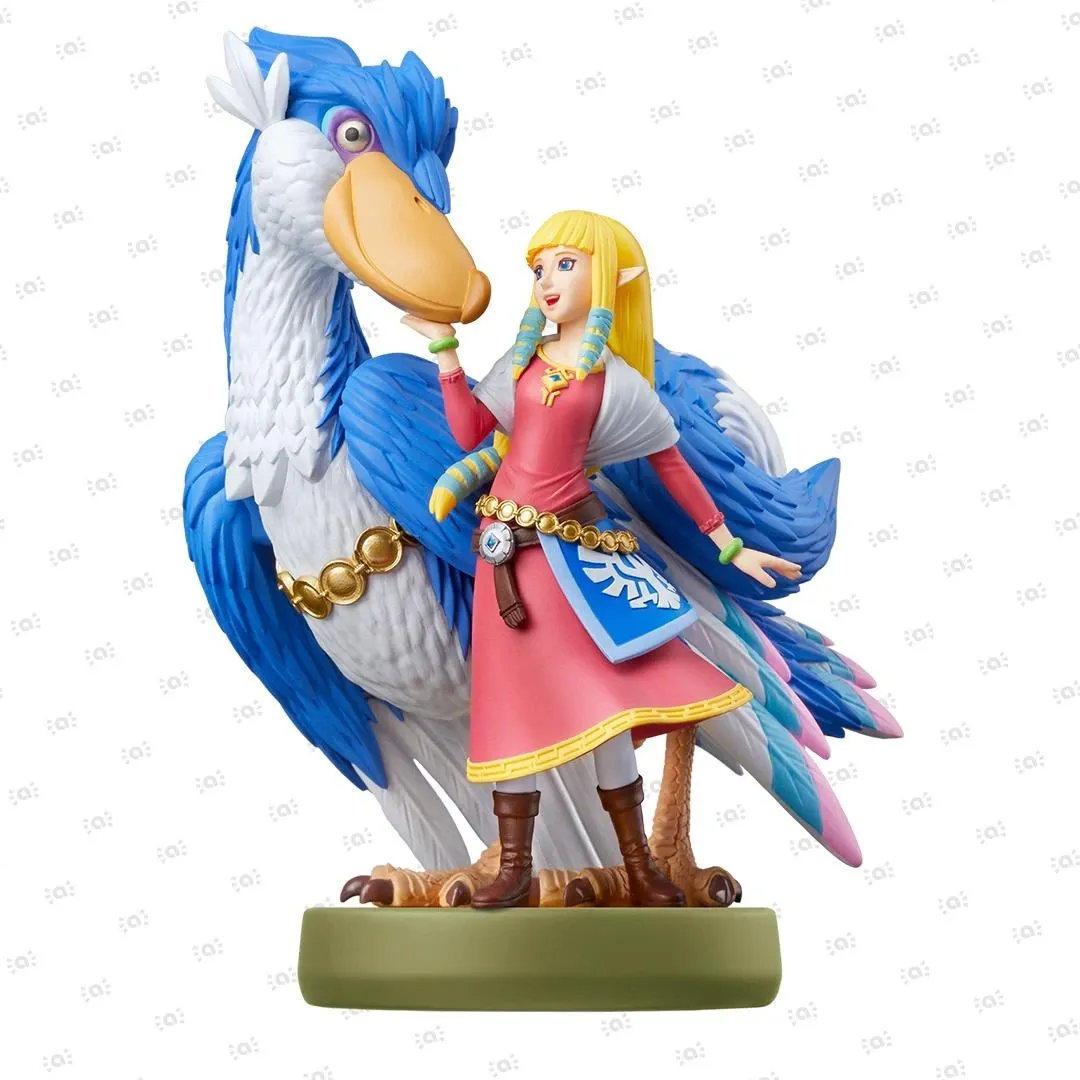 The Legend of Zelda Collection
The Legend of Zelda Collection



